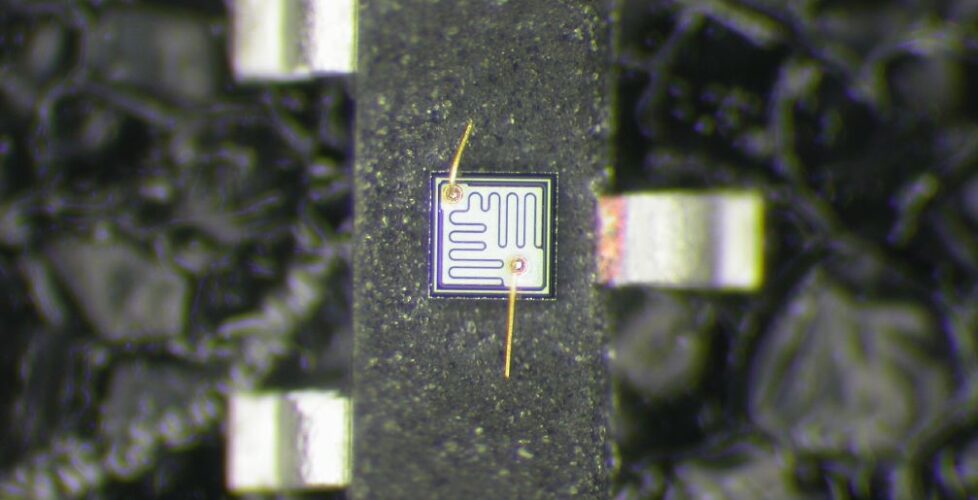Accelerated Plasma Decap with CF4

The Nisene PlasmaEtch was specifically designed to include the use of CF4 gas for many reasons. One of those reasons is CF4’s ability to break-up silica in mold compound.
By allowing a plasma process to incorporate CF4, an end user has more flexibility to adjust their recipe when a mold compound has a higher silica count or an epoxy isn’t reacting well to O2. Unlike wet-chemical decap, the breakdown of mold compound during decap often requires the ability to adjust gas flow rates. If CF4 was to be removed from the gas options, there would be little to no recipe adjustments available to reach desired mold compound removal.
Because the PlasmaEtch has independent mass flow controllers (MFC), the PlasmaEtch allows an end user to increase CF4, along with all other gases, to increase the mold compound removal rate. As the decapsulation cavity progresses, CF4 can be lowered or completely turned off in order to protect internal components. Since each gas has a dedicated MFC, an end user can reserve a recipe with no CF4 for final cleaning at the die level, where it is most effective.
O2 only plasma decap has shown to be highly effective for final die level cleaning. This is primarily because at this point in the decap, only small pockets of mold compound remain. It is very common for these small pockets to have little silica that would slow the removal. At this point in the decap, it is most likely that large portions of the die surface are already exposed. If CF4 were still present at this point, it would likely result in surface damage to the die. A plasma recipe that only uses O2 very clearly slows the overall decap rate so while it is effective for final cleaning, it results in extremely long decap times when O2 only recipes are utilized at the beginning and middle stages of plasma decap.
By employing a plasma decap tool with CF4 in your lab, you are allowing yourself the highly valuable versatility for the many variations in mold compound that come through your lab. What type of applications are you currently working on in your lab that would benefit from plasma decap?